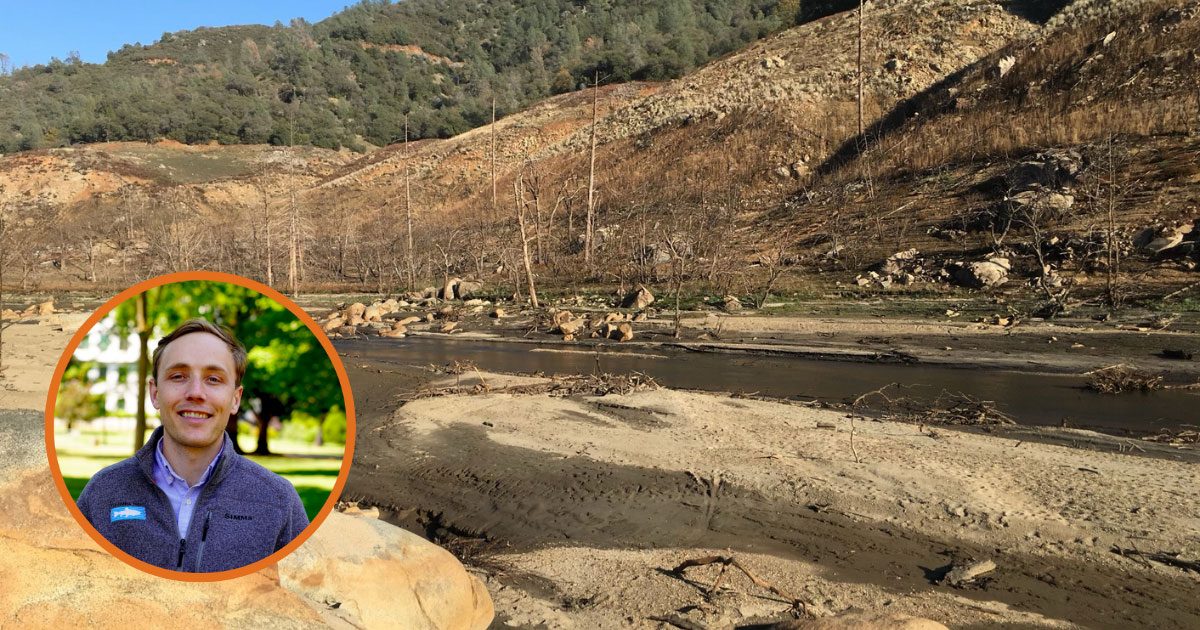California Trout is proud to announce that Redgie Collins, CalTrout’s Legal and Policy Director, was selected to represent conservation interests in California Department of Water Resources Drought Resilience Interagency and Partners Collaborative (DRIP Collaborative).
This new entity will serve as a standing interagency task force to plan for and respond to drought and water shortages across the state.
Established by the Department of Water Resources in coordination with the State Water Board and other relevant state agencies, the DRIP Collaborative will facilitate proactive state planning and coordination for all stages of current and future drought across the state. This includes pre-drought planning, emergency response to drought, and post-drought management. The task force will also develop strategies to enhance collaboration between various fields. Plans, responses, and strategies will be developed with all types of water users in mind.
Who Will Participate in the DRIP Collaborative?
The DRIP Collaborative will consist of 26 members total: eight individuals from state agencies and 16 members from other groups. The 16 members from other groups will represent local governments, community-based organizations, Tribal representation, nonprofit technical assistance providers, the public, agriculture, environment, public water systems, and experts in land use planning, water resilience, and water infrastructure. Collins was one of the 16 selected.
Members of the public are also encouraged to participate in the Collaborative meetings held three times a year. The first meeting will be held on April 6, 2023. Learn more about how you can participate here.

"California has a variable dry and wet year pattern and climate change will only exacerbate these extremes. CalTrout is primed to meet the realities of more frequent and severe dry years with solutions that benefit fish, water, and people. I am honored to be selected for the DRIP Collaborative and to be a part of these important conversations. Within our own organization's work, CalTrout will continue to prioritize drought planning and response." - Redgie Collins, CalTrout Director of Legal and Policy
California faces increasingly arid conditions, and for the health of fish and people across the state it is crucial that we develop strategies, plans, and responses. CalTrout is thrilled for Collins to represent our interests on the DRIP Collaborative as we work to to advance drought strategies and as we continue to build resilience.
Learn more about the DRIP Collaborative and how to participate in upcoming meetings by clicking below.
Cover Photo: Michael Wier





